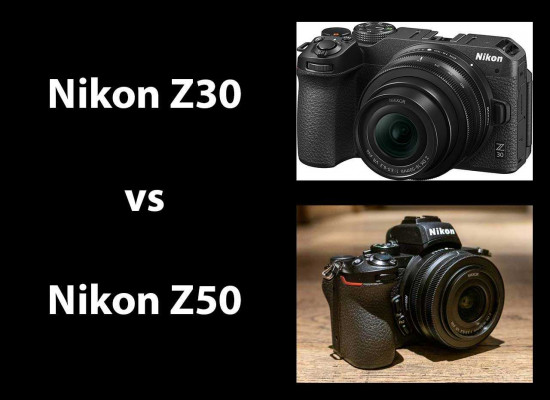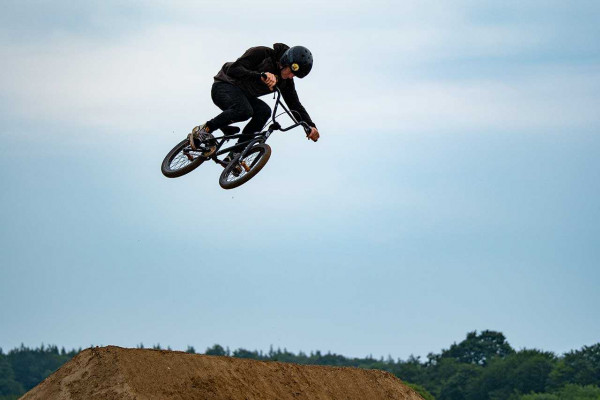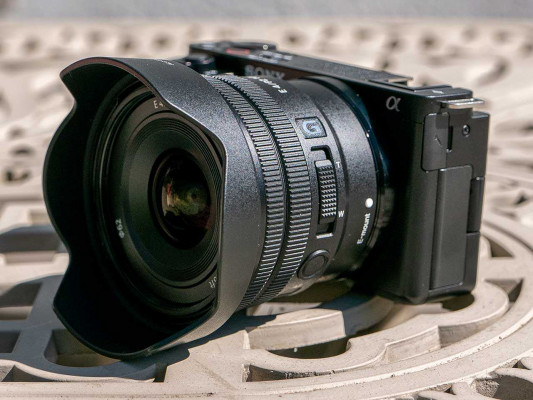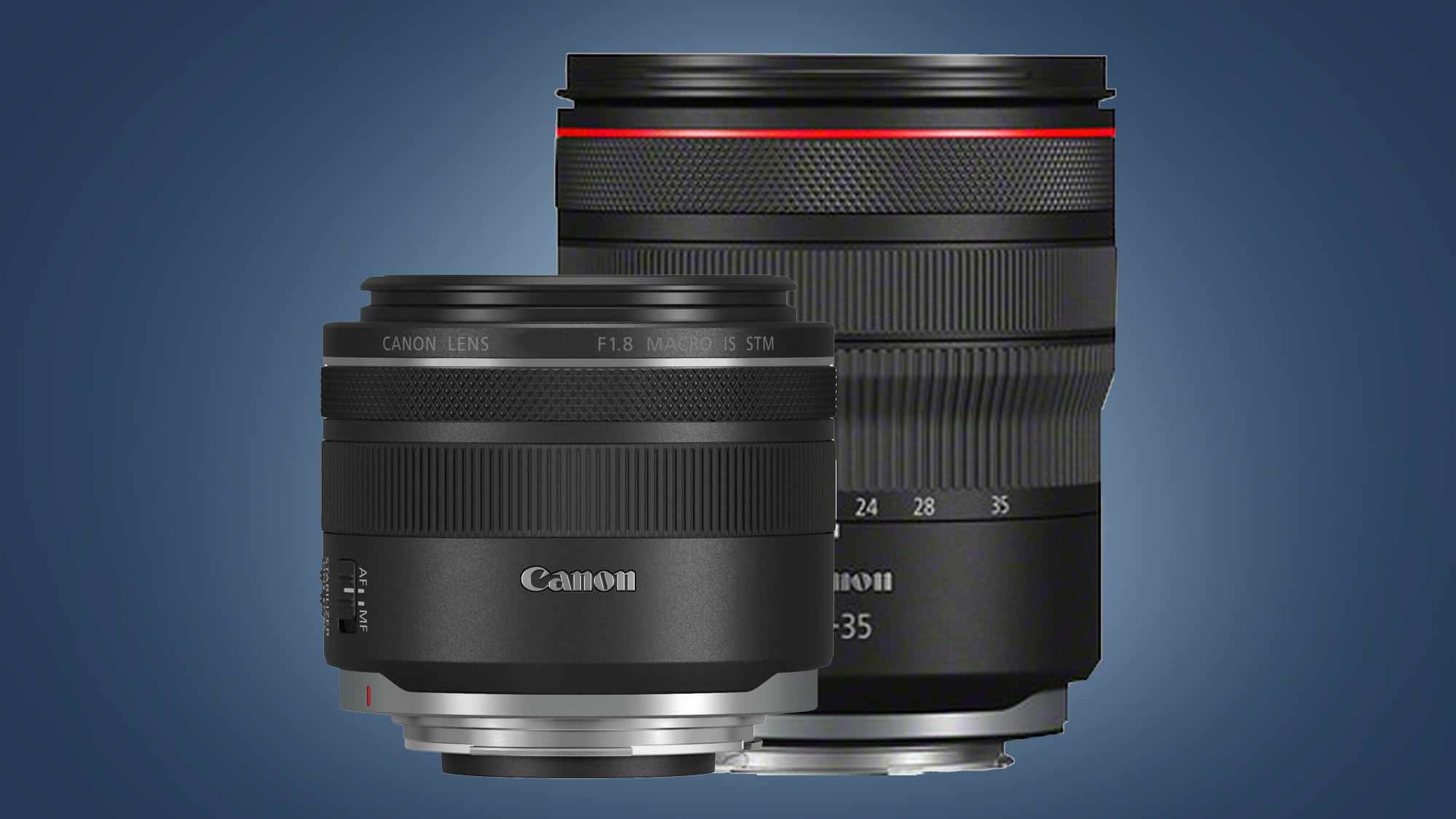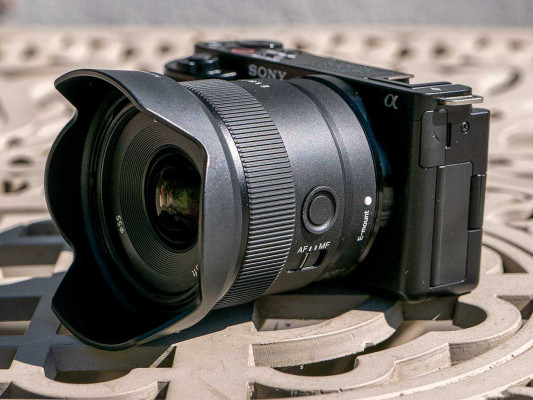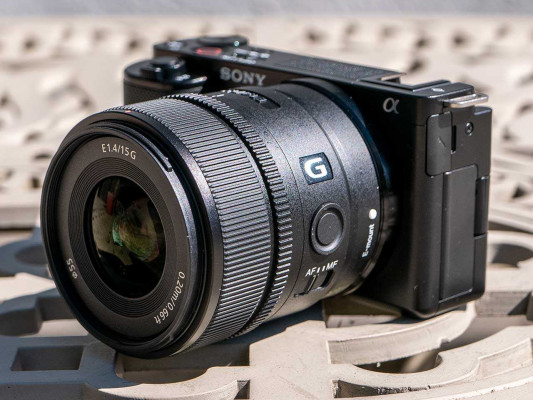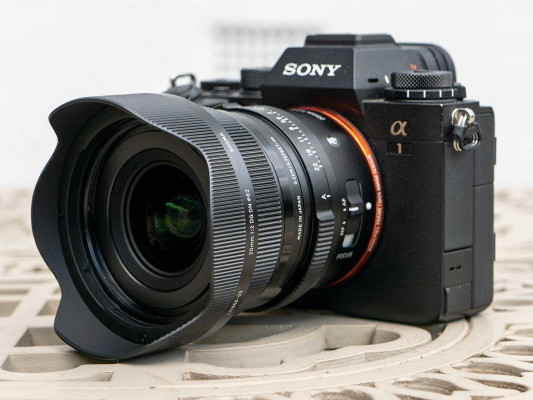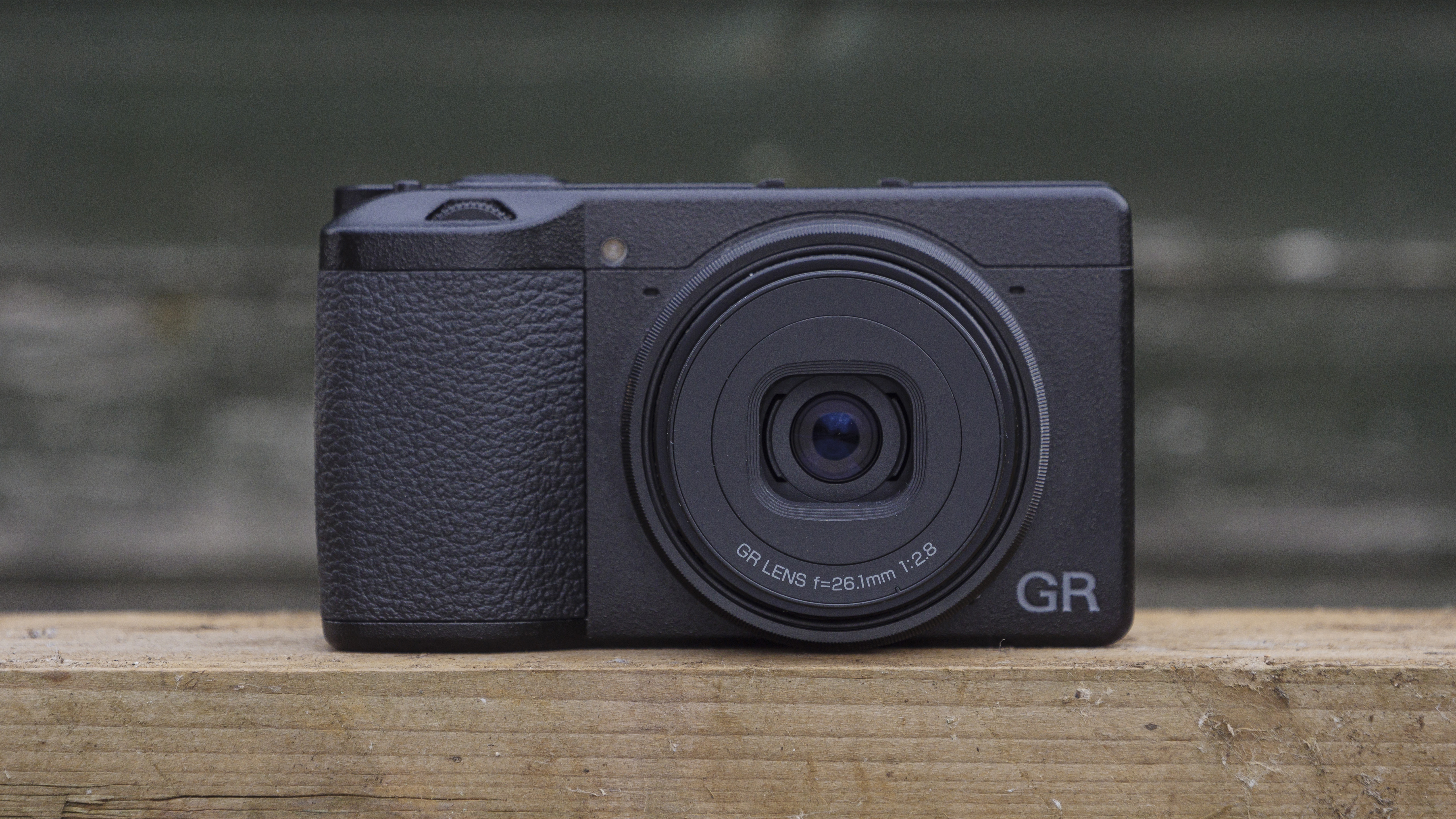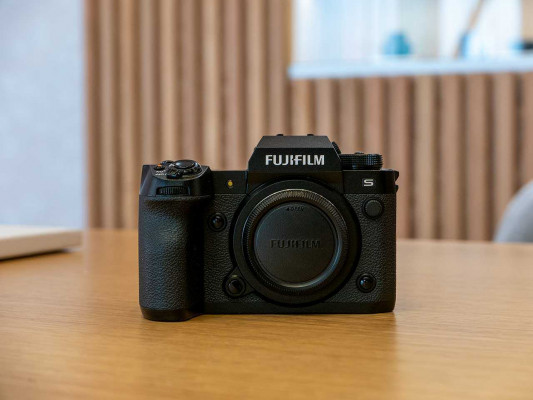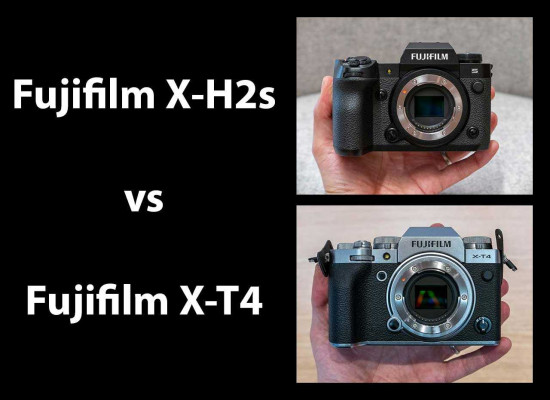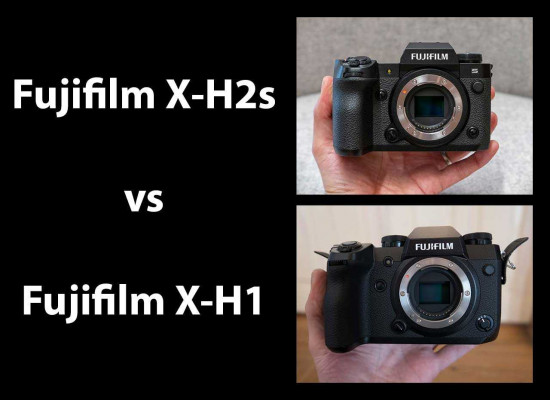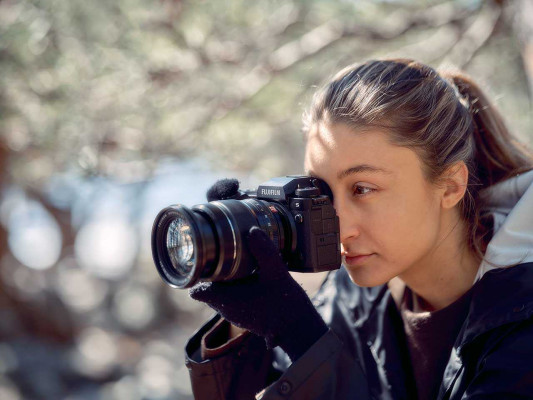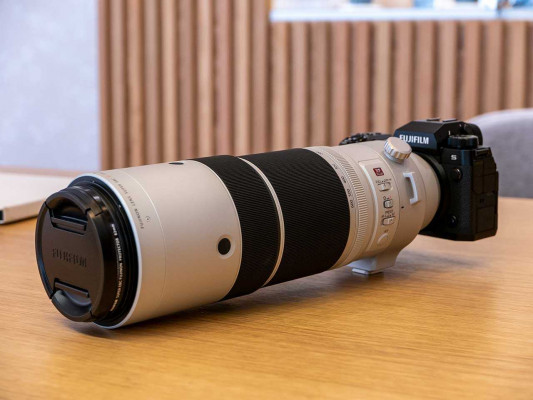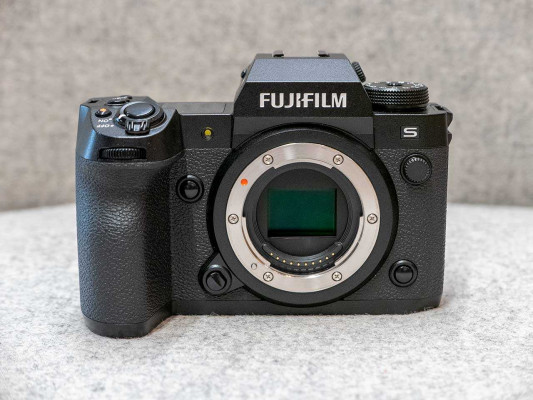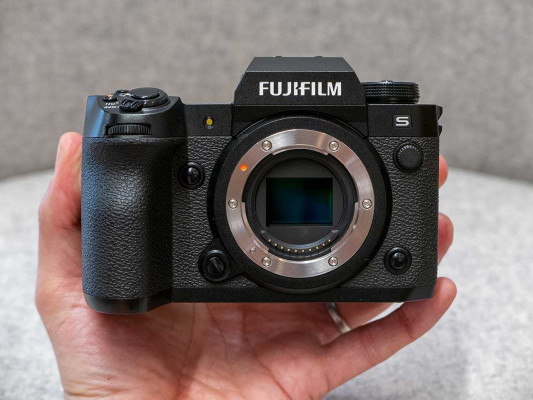Reviews

Nikon Z30 initial review
DPReview Latest |
The Nikon Z30 is a 20MP APS-C mirrorless camera designed for vloggers and content creators. It presents a lot of elements familiar from Nikon's existing 'DX' models but with a little more focus on self-shot stills and video.
Key specifications
- 21MP APS-C CMOS sensor
- 4K video at up to 30p
- 1080 video at up to 120fps (as slow-mo)
- Around 2 hours of video with USB power
- Fully articulating 3.0", 1.04M dot touch screen
- Tally lamp
- Re-arranged buttons with more prominent REC button
The Z30 is available body-only for $709.95 or with the collapsible 16-50mm F3.5-6.3 VR lens for $849.95. A two-lens kit that adds the 50-250mm F4.5-6.3 VR takes the price to $1149.95. A 'Creators Accessory Kit' comprising a Røde Videomicro shotgun mic, ML-L7 bluetooth remote control unit and Smallrig mini tripod/selfie grip, is $149.
Jump to:
What is the Z30? | Body and Handling | Initial Impressions | Specifications
What is the Z30?
 |
| The Nikon Z30, shown with the Røde Videomicro microphone that comes as part of the $150 'creators' kit. |
The Z30 is the third APS-C mirrorless camera from Nikon to use the company's Z-mount. These smaller sensor models, called 'DX' by Nikon, have all been aimed at young content creators, but the Z30 shows the most commitment to that cause.
Conceptually it's very similar to Sony's ZV-E10 model, which is targeted at the same users. Both are built around APS-C sensors and have articulated screens to allow the operator to appear in the stills and video they're shooting. Both have stereo microphones built into their top plates with the option to fit 'dead cat' wind screens (included with the Sony, a $10 accessory for the Nikon). The focus on front-facing footage means neither has an electronic viewfinder and both have red 'tally lamps' on the front, to indicate when they're recording.
 |
They differ in two key ways, though: the Nikon can shoot 4K video at up to 30fps without having to crop, whereas the Sony can only shoot at up to 24fps before it has to crop in, making it harder to achieve the wide-angle view that's ideal for vlogging. However neither camera has an image-stabilized sensor, so any shake reduction is conducted by cropping in on the footage so that the camera can select video from different parts of the image area, to compensate for movement.
The Sony includes a wide range of video-focused color options, including multiple Log profiles for post-shoot editing. The Nikon only includes a simpler 'Flat' profile. In practice, this less sophisticated but easier to work with option is likely to be sufficient for a lot of users.
The other big difference is that the Z30 doesn't have a headphone socket, so there's no way to monitor the audio that's being captured. You can use the on-screen audio level indicators, but that doesn't give you any indication if you're picking up any wind noise or background sound that will end up ruining your clip.
| Nikon Z30 | Sony ZV-E10 | Nikon Z50 | |
|---|---|---|---|
| List price |
$850 |
$800 16-50mm F3.5-5.6 PZ |
$1000 16-50mm F3.5-6.3 |
| Pixel count | 20.9MP | 24MP | 20.9MP |
| Sensor type | CMOS | CMOS | CMOS |
| 4K video options | Up to 30p (full width) |
24p (full width) 30p (1.23x crop) |
Up to 30p (full width) |
| 1080 video | Up to 120p | Up to 60p 120p (1.14x crop) |
Up to 120p |
| Video features |
|
|
|
| LCD | 3.0" fully articulating | 3.0" fully articulating | 3.2" tilting |
| Viewfinder | No | No | 2.36M dot 0.68x mag |
| Battery rating | 330 images | 440 images | 320 images |
| USB charging | Yes / Yes | Yes / Yes | Yes / No |
Unlike the Z50 and Z fc, there's no 30 minutes limit on video recording on the Z30. Nikon says it will record for around 125 minutes of 1080 footage if you provide power over the camera's USB-C port. 4K is likely to stop after around 35 minutes at 25°C (77°F).
Body and handling
 |
The Z30 has a body that looks a lot like the existing Z50 model, but with the viewfinder missed off and a tally lamp included on the right, instead. There's a bit more to it than that, though: the hand grip is a little deeper and the top plate buttons have been re-arranged to make it easier to reach the REC button when you're holding the camera out and facing toward you.
The rear screen articulates out to the side, as was the case on the Z fc and, by default, engages a self-portrait mode with simplified touchscreen controls designed to be operated at arms-length. This isn't a new feature for the Z30 but it's one that makes a lot of sense for this camera. What is new is the ability to adjust exposure compensation (the brightness level the camera is trying to maintain) while in auto mode. This means you can make sure your footage isn't too bright or dark, without having to engage one of the camera's more complex modes.
 |
The camera feels solid and the menus are relatively straightforward, if you've used a Nikon before. The 'i' menu gives you access to twelve of the camera's key settings and you can customize it if there are other options you need more frequent access to.
Battery
The Z30 uses the same EN-EL25 battery as the other two APS-C Z-series cameras, powering it to a CIPA rating of 330 shots per charge. These ratings tend to be rather conservative and it's not uncommon to get twice this number, depending on how you shoot.
330 isn't a great rating but the Z30 can be recharged using its USB-C socket or, if you have a suitably powerful PD power source, can be operated from a second, external battery.
Initial impressions
 |
| The Z30 shows the most work yet by Nikon to accommodate vloggers and other media creators. The Smallrig mini tripod/selfie grip has a recess into which Nikon's ML-L7 bluetooth remote can slot. |
Every time Nikon has released an APS-C sensor Z-mount camera, we've been told that it's targeted at content creators, younger users who don't think of themselves as photographers, and vloggers. The Z50 did little to support this claim, whereas the Z fc added attractive aesthetics and a fully-articulating screen. The Z30 goes further, though, finally showing overt signs (in the form of those stereo mics and tally lamp) of attempts to genuinely accommodate vloggers.
And it does pretty well in this regard. Our concern is that, for every step that's been made to make vlogging easier, there's an obvious extra step that would have made the camera even better. For example: the stereo mics are a useful addition, but this just highlights the failure to include a headphone socket to check your audio. Similarly, the idea of engaging a simplified self-portrait mode is a good one, but if you expect it to be used for video as well as stills, I'd argue it should be updated to include audio level monitoring (or at least the option to add it). At present you need to turn self-portrait mode off to check your levels.
 |
| The front and rear-shoulder control dials are much nicer to use than the rear-shoulder and rear plate dials on Sony's comparable ZV-E10. |
So my initial impression is that Nikon still hasn't thought through exactly how a vlogging camera is going to be used and developed a product with this at its heart. Consider, for instance, Sony's 'Product Showcase' autofocus mode, which uses face/eye detection mode unless there's an object nearer to the camera (ie a product or object being held up to show to the viewed). It's a clever idea that suggests someone has really thought about how the camera might be used. By contrast, Nikon suggests turning off face detection if you want to hold something up to the camera.
However, even if not every detail of the camera seems fully creator optimized, there's plenty about the Z30 that leaves a good impression. We know the 21MP sensor performs well, and it allows 4K/30p capture without cropping in. Nikon's 16-50mm collapsible zoom is a decent little lens that offers a usefully wide angle of view and better quality than the samples of Sony's 16-50mm power zoom we've encountered. And little details like the tally lamp and ability to adjust exposure compensation in the camera's auto mode are both genuinely useful additions.
 |
| The Z30 is built around a good sensor, making it strong for stills as well as video. Nikkor 16-50mm F3.5-6.3 VR @ 18mm | ISO 100 | 1/250 sec | F5.6 Photo: Richard Butler |
It also inherits much of what we like about the Z50: a nice comfortable grip and well thought-out twin dial control interface with well-placed function buttons. Our concerns about a shortage of well-suited lenses persists (I find it hard to summon much enthusiasm for using the 40mm F2 full-frame prime as a 60mm equivalent on the DX Z models), but the promise of a wide-angle zoom and 24 and 26mm primes improves things in this regard.
The Z30 looks to do enough to mean Sony's ZV-E10 doesn't remain the default option for vloggers and social media photographers wanting more creative control than their smartphone gives them. We look forward to testing it more fully.






